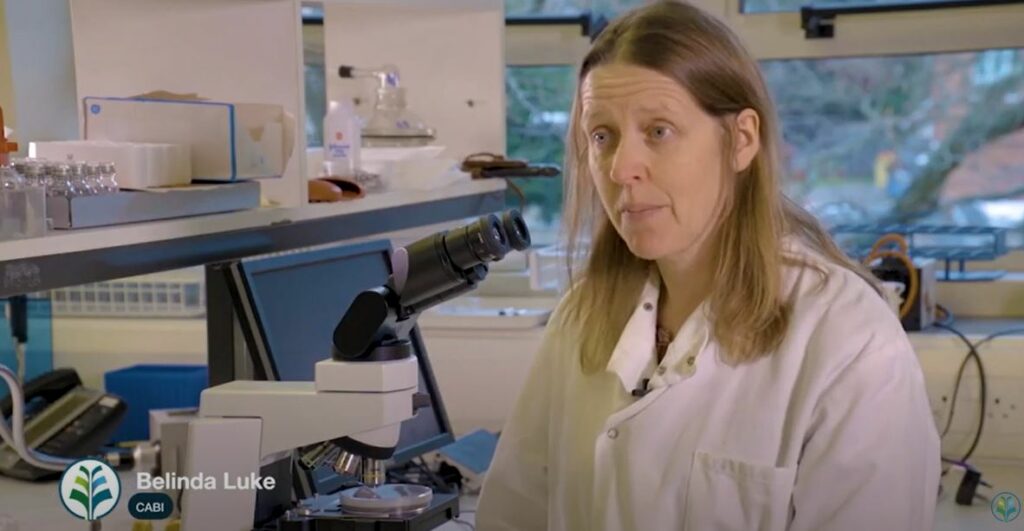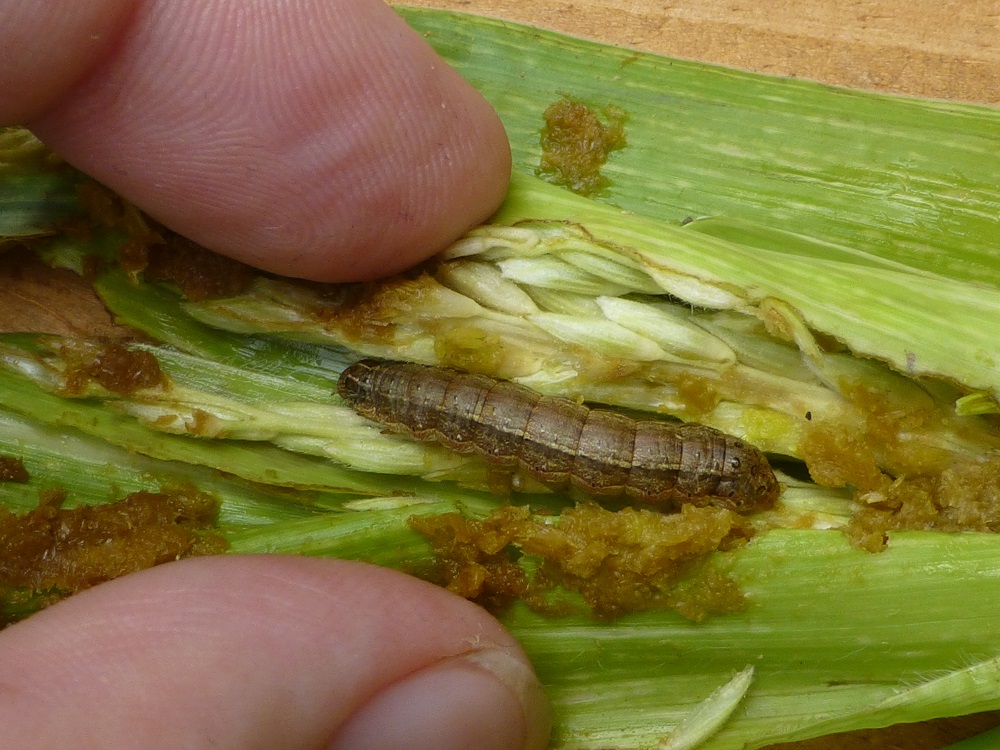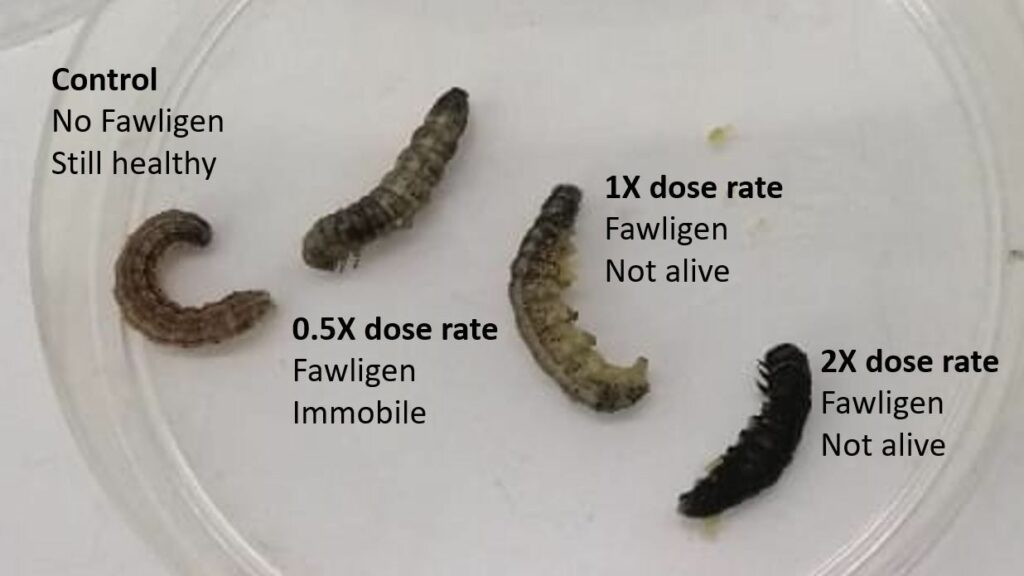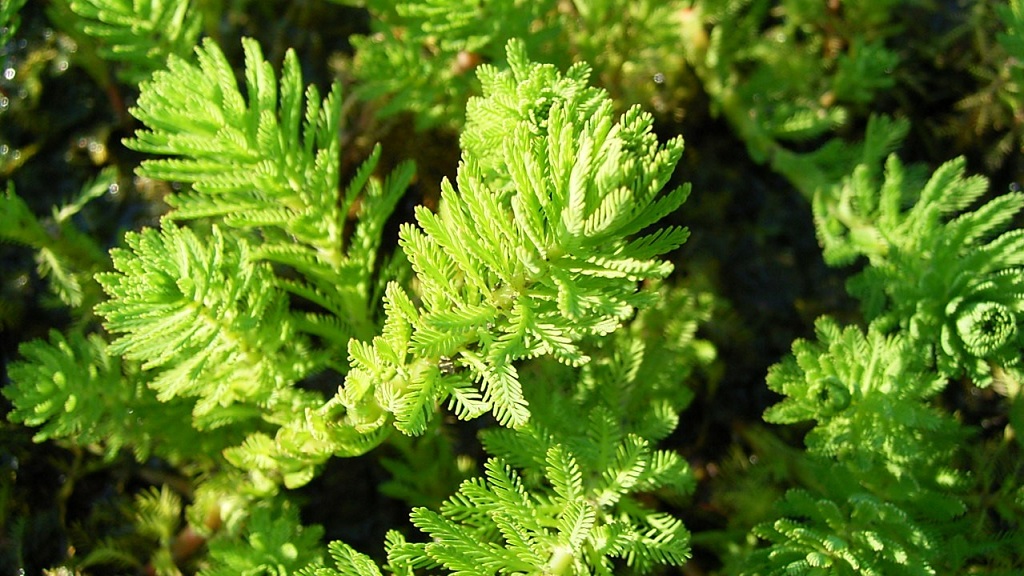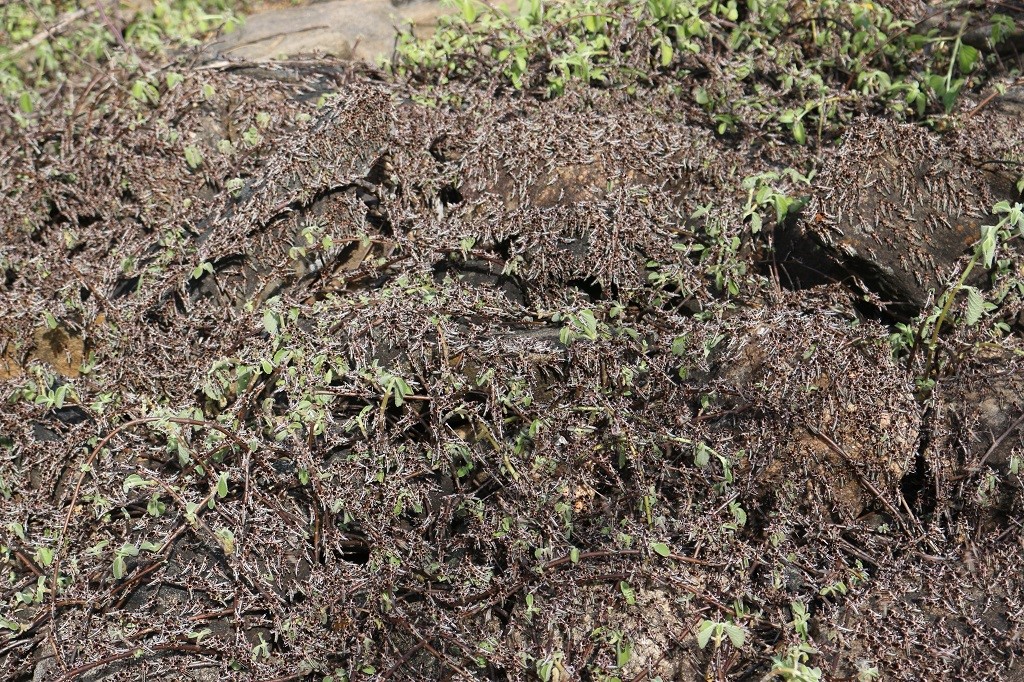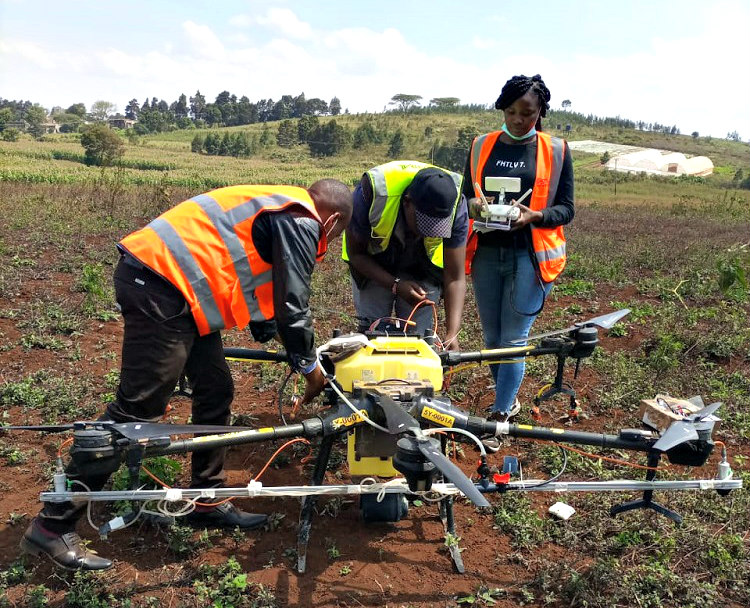5 invasive birds you may have spotted
Invasive birds pose a threat to native bird species, outcompeting them for resources like food and nesting sites. They can also be vectors of avian diseases and be serious crop pests. Here are five you may have seen for yourself.
Tree of heaven: can a mite reduce the spread of this highly invasive pest?
Tree of heaven is an invasive tree that damages infrastructure and hosts invasive species. Can a mite play a role in reducing its spread?
Invasive snails: 4 species leaving a trail of destruction
Invasive snails are some of the most damaging invasive species in the world. In invaded regions, they pose a threat to the environment, the economy, and in some cases, human health. Find out more about four of these invasive snails, including their native region, how they became established in invaded areas and the threat they…
Ruffling parrot’s feathers: the biological control of Myriophyllum aquaticum
Myriophyllum aquaticum, commonly known as parrot’s feather, is an invasive aquatic weed. It can have roots underwater in depths of up to 1.5 metres with shoots that appear 20-50cm above the water surface. This makes it both a submerged and emergent plant. It is native to South America but is a popular garden and aquarium…


